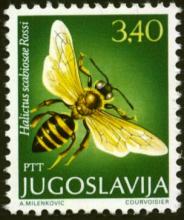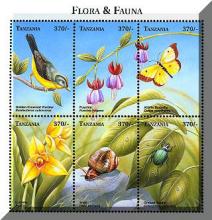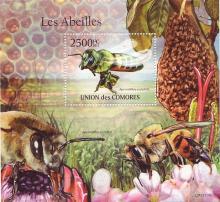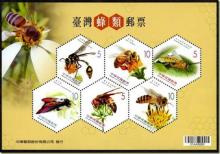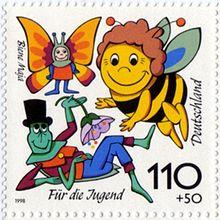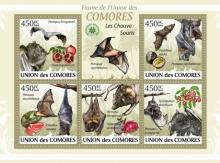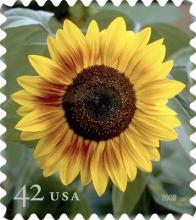Ministerium schlägt Alarm: Hat die Wildbiene bald ausgesummt?
Jede dritte in Nordrhein-Westfalen heimische Wildbienenart ist akut vom Aussterben bedroht. Darauf weist das NRW-Umweltministerium hin. Von 364 heimischen Wildbienenarten seien bereits 45 ausgestorben, weitere 129 akut in ihrem Bestand gefährdet. Das berichtete das NRW-Umweltministerium am Sonntag (29.07.2012) "Das Verschwinden von wilden Bienen ist besorgniserregend, denn dadurch stehen wichtige Bestäuber für unsere Wild- und Nutzpflanzen nicht mehr zur Verfügung", teilte Minister Johannes Remmel (Grüne) mit. Ingesamt seien in NRW sogar schon rund 45 Prozent der Tier- und Pflanzenarten gefährdet. Ein Bericht des Umweltprogramms UNEP der Vereinten Nationen aus dem Jahr 2011 kommt zu dem Schluss, dass Wildbienen und die Honigbienen der Imker besonders unter dem Einsatz von Pestiziden in der Landwirtschaft leiden. Laut Ministerium wiegt der Verlust von heimischen Wildbienenarten umso schwerer, weil diese nicht mehr als Ersatz für die Honigbiene einspringen können.

